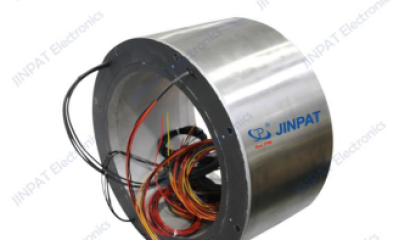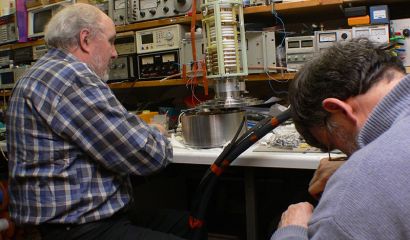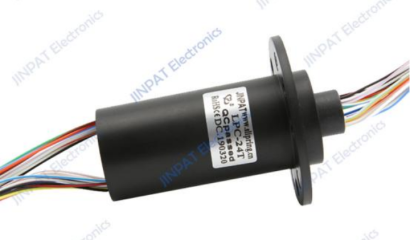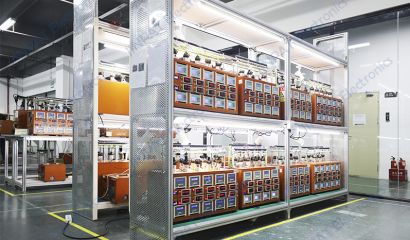Say goodbye to complex wiring: JINPAT same-side outlet slip ring, more convenient installation
JINPAT slip rings, designed specifically for construction machinery, feature an innovative same-side wiring arrangement for both the rotor and stator, perfectly matching equipment wiring requirements. This greatly simplifies installation, improves equipment connection reliability, and facilitates maintenance.
2025-10-29 15:57 by
Achieving stable and reliable energy and signal transmission at the critical joints of construction machinery, such as excavator slewing platforms and tower crane booms, has always been a technical pain point. Traditional wiring methods not only restrict the equipment's freedom of movement but also create a potential risk of frequent failures. JINPAT innovative slip ring design for construction machinery was developed to address this challenge.

1. Innovative Same-Side Cable Outlet
The rotor and stator cables are located on the same side, perfectly meeting the requirements for centralized cable routing. This completely eliminates the problems of tangled wiring, cramped space, and cumbersome installation caused by traditional side-to-side cable outlets, making wiring simpler and more intuitive.
2. Rugged and Durable Construction
The high-strength housing and industrial-grade connectors offer excellent shock, dust, and corrosion resistance, ensuring long-term stable operation under harsh operating conditions such as vibration, impact, dust, and rain.
3. Stable Signal Transmission
Internal precious metal contacts and a precision sliding contact system ensure stable, low-loss, and low-noise transmission of power and control signals during continuous rotation, ensuring accurate and precise control commands.
4. Convenient Installation and Maintenance
The same-side cable outlet design greatly simplifies initial installation and facilitates subsequent inspection and maintenance, significantly reducing maintenance costs throughout the equipment lifecycle.
Today, from excavators on busy construction sites to tower cranes operating at heights, JINPAT slip rings are earning the trust of a growing number of equipment manufacturers with their superior performance. They not only solve the long-standing connectivity challenges plaguing the industry, but also enable construction machinery to demonstrate greater reliability and operational efficiency under harsh conditions, becoming an innovative force driving equipment upgrades.









